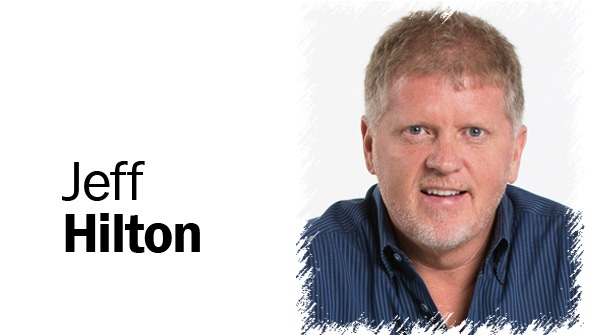Millennials in particular know what a clean label looks like and are good at sniffing out insincerity, says BrandHive's Jeff Hilton.

 Today's health-minded shoppers know what they're looking for—and what they're not looking for—in a food or supplement product, and they're always just a Google search away from more finding out more information about a product. Millennials in particular are good at sniffing out when companies aren't sincere or authentic, says Jeff Hilton, the co-founder of BrandHive, who's been helping launch and revitalize brands for three decades. That's why a consistent and honest message is more important than ever.
Today's health-minded shoppers know what they're looking for—and what they're not looking for—in a food or supplement product, and they're always just a Google search away from more finding out more information about a product. Millennials in particular are good at sniffing out when companies aren't sincere or authentic, says Jeff Hilton, the co-founder of BrandHive, who's been helping launch and revitalize brands for three decades. That's why a consistent and honest message is more important than ever.
Here, Hilton shares some of his insight into today's clean label consumer. For more, don't miss his Expo West panel on supply chain stewardship.
When we talk about “clean label,” what do you think that means to consumers?
Jeff Hilton: We recently conducted a focus group with consumers (millennials, primarily) and were surprised to learn that they have a pretty good understanding of what a clean product looks like. Specifically, a short list of ingredients, no artificial flavors or colors, and no added sugar. For most consumers, it’s all about simplicity in formulation, and that philosophy needs to be communicated in packaging and Web copy and merchandising materials. They are looking for products with ingredients they understand and no preservatives. Overall, among all consumer groups, there is a huge backlash against processed foods right now. It’s why the center of the grocery store is dying and the fresh products perimeter is thriving.
Why do you think the food industry has seen such a shift in consumer expectations with the millennial generation?
JH: Millennials are re-writing all the rules. They approach health and wellness differently. They are not as hung up on natural. They prefer sustainable and transparent and traceable and simple or minimal to “natural." They are driving the trend toward more frequent, smaller meals and they snack more frequently during the day than any other demographic group. And of course, they are connected to their world through technology. They process multiple streams of information and input simultaneously. They are multi-taskers for certain, and they are less concerned about prevention and long-term consequences and more concerned about making the most of the here and now.
What do you think is the best tool for brands to communicate their commitment to quality and sustainability? (Certifications? Social media? All of the above?)
JH: It really has to be an integrated message communicated at all points of contact. The lines are blurring between media consumption, and so a brand’s voice needs to be consistent across the website, at retail, on social media, and in advertising and PR. Today’s consumer forms a brand impression from multiple sources, not just one. Continuity in branding and messaging has never been more important. The other driver here is authenticity. Millennials in particular are very good at sniffing out insincerity and “green-washing” in any form. If it isn’t part of the fiber of your brand to be sustainable and transparent, don’t pretend to be. If you can’t deliver in those areas, better to stay away than to fake it. Today’s consumer will hunt you down and punish you, no question.
Are there other industries that do a good job of telling their stewardship stories, that we can look to for examples and inspiration?
JH: I would tend to point to lifestyle clothing brands like Patagonia and Columbia and Keen Footwear who I think frame their messaging in a compelling and relatable way.
About the Author(s)
You May Also Like




